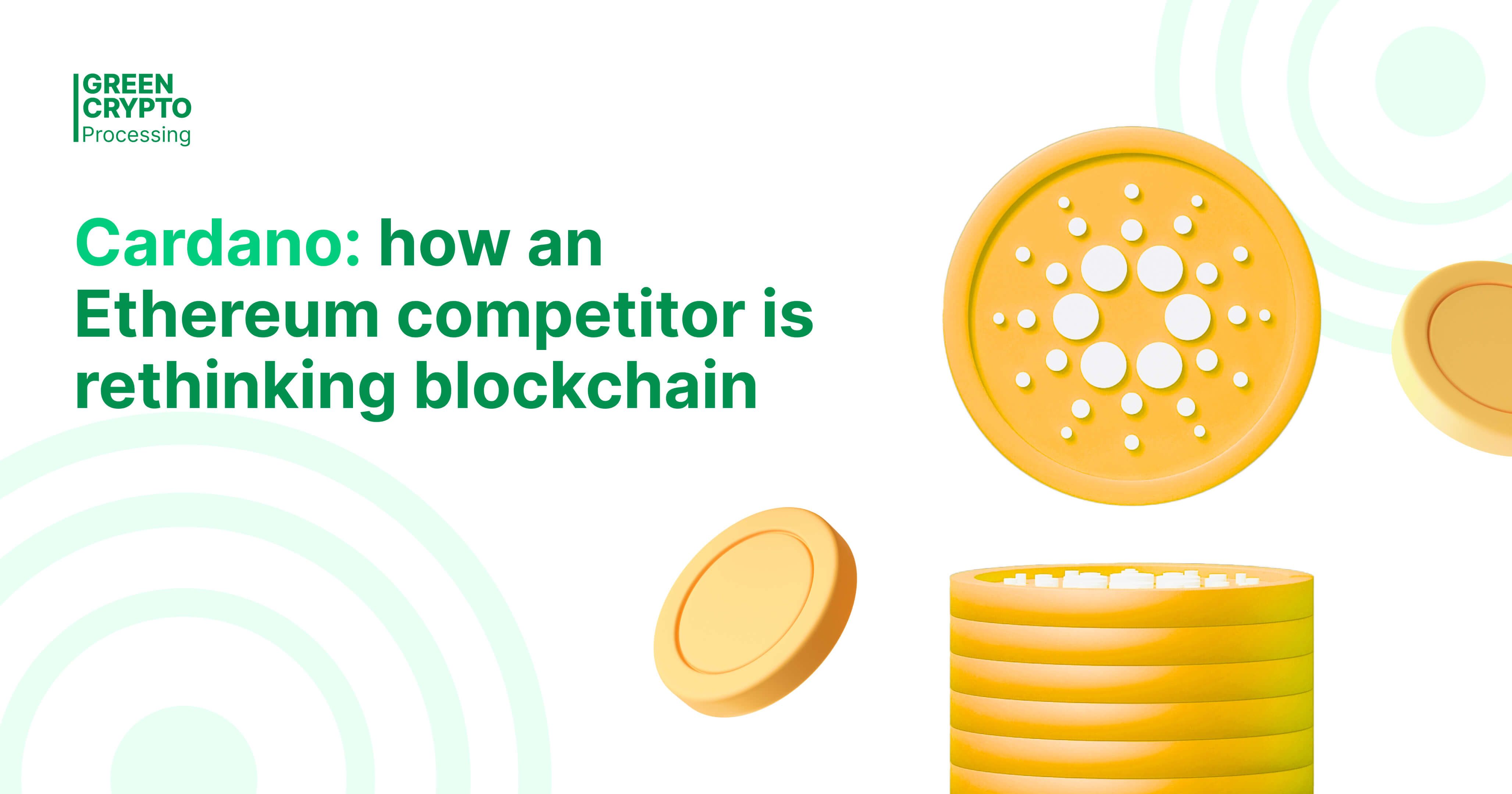Blog
One of the most ambitious next-generation blockchain platforms, Cardano has the goal of not just competing with Ethereum, but of becoming the foundation for a whole host of decentralised applications. It's more than just another crypto project — it's an ecosystem in its own right that promises to transform the approach to digital contracts and tokenisation.

This article will explain why Cardano is called the “Ethereum killer”, what principles of operation and tokens are at its core and what the future holds for this promising platform.
What is Cardano?
Cardano is one of the leading blockchains, developed as a superior alternative to Ethereum. The project was launched in 2017 by Ethereum co-founder Charles Hoskinson. Cardano is positioned as a third-generation (or 3.0) blockchain that combines the results of scientific research in cryptography and distributed systems theory with advanced engineering solutions to create a secure and energy-efficient platform.
Cardano's main goal is to create a sustainable and decentralised blockchain that eliminates the problems of its predecessors, such as low scalability and high energy intensity. Cardano is being developed in phases to ensure a high level of reliability and security.
Cardano is currently divided into two layers: the Cardano Settlement Layer (CSL), where transactions and blockchain verification take place, and the Cardano Computing Layer (CCL), where smart contracts are executed. This allows Cardano to process up to one million transactions per second, ensuring high speed and efficiency of the network.
How Cardano works
Cardano uses a unique consensus mechanism called Ouroboros, which differs from the conventional Proof-of-Work (PoW) approach. Instead of the energy-consuming calculations typical of PoW, Cardano uses an advanced Proof-of-Stake (PoS), where time is divided into epochs consisting of short intervals, or slots. In each slot, a leader is randomly chosen — it's a validator, who is responsible for creating a new block and adding it to the chain. Validators are chosen in proportion to their ADA share, which makes the system decentralised and secure.
This consensus mechanism makes Cardano more energy efficient compared to Bitcoin and Ethereum, reducing fees and increasing transaction speeds. In addition, Ouroboros uses a multi-layered approach to increase resilience to attacks and ensure a fair distribution of roles, making the consensus highly invulnerable to abuse.
How Cardano challenges Ethereum
Cardano and Ethereum are often compared because both platforms support decentralised applications and smart contracts. In contrast to Ethereum, which has recently adopted a Proof-of-Stake model, Cardano was developed from the beginning on a PoS basis, with a focus on academic research and security. The phased implementation of features allows Cardano to minimise bugs and ensure network stability.
Ethereum, on the other hand, remains a pioneer in decentralised applications with a more developed ecosystem and a huge user base at the moment. The competition between Cardano and Ethereum stimulates the development of the entire industry, driving both platforms to improve and find new solutions for users.
ADA and native tokens
ADA is a native token on the Cardano platform, named after Ada Lovelace, the world's first programmer. The ADA token is used to pay commissions, participate in staking, and vote on important network development issues. Unlike other blockchains, tokens on the Cardano platform operate on the same architecture as ADA, which ensures security and reduces transaction costs.
Starting in 2021, Cardano has supported the creation of native tokens that can interact with smart contracts on the platform. These tokens have the benefits of “first-class objects” on the network, which extends their functionality and improves integration with the ecosystem.
Cardano: a glimpse into the future
Cardano continues to develop rapidly, with plans to introduce a number of upgrades that could have a significant impact on the future of the network. One of the key areas of focus is the improvement of smart contracts and the introduction of the Hydra layer 2 system, which will significantly improve the scalability and speed of the network, as well as reduce transaction latency and costs.
In addition, developers are focused on expanding the ecosystem and attracting new projects that will strengthen Cardano's position on the global stage and reinforce its role in the development of decentralised applications for various industries, including finance, healthcare and education.
Cardano is already a prominent player in the blockchain space, offering innovative solutions for decentralised applications and smart contracts. With an ambitious development strategy based on research and incremental technology adoption, Cardano aims not only to compete with leading players such as Ethereum, but also to set new standards in the industry.